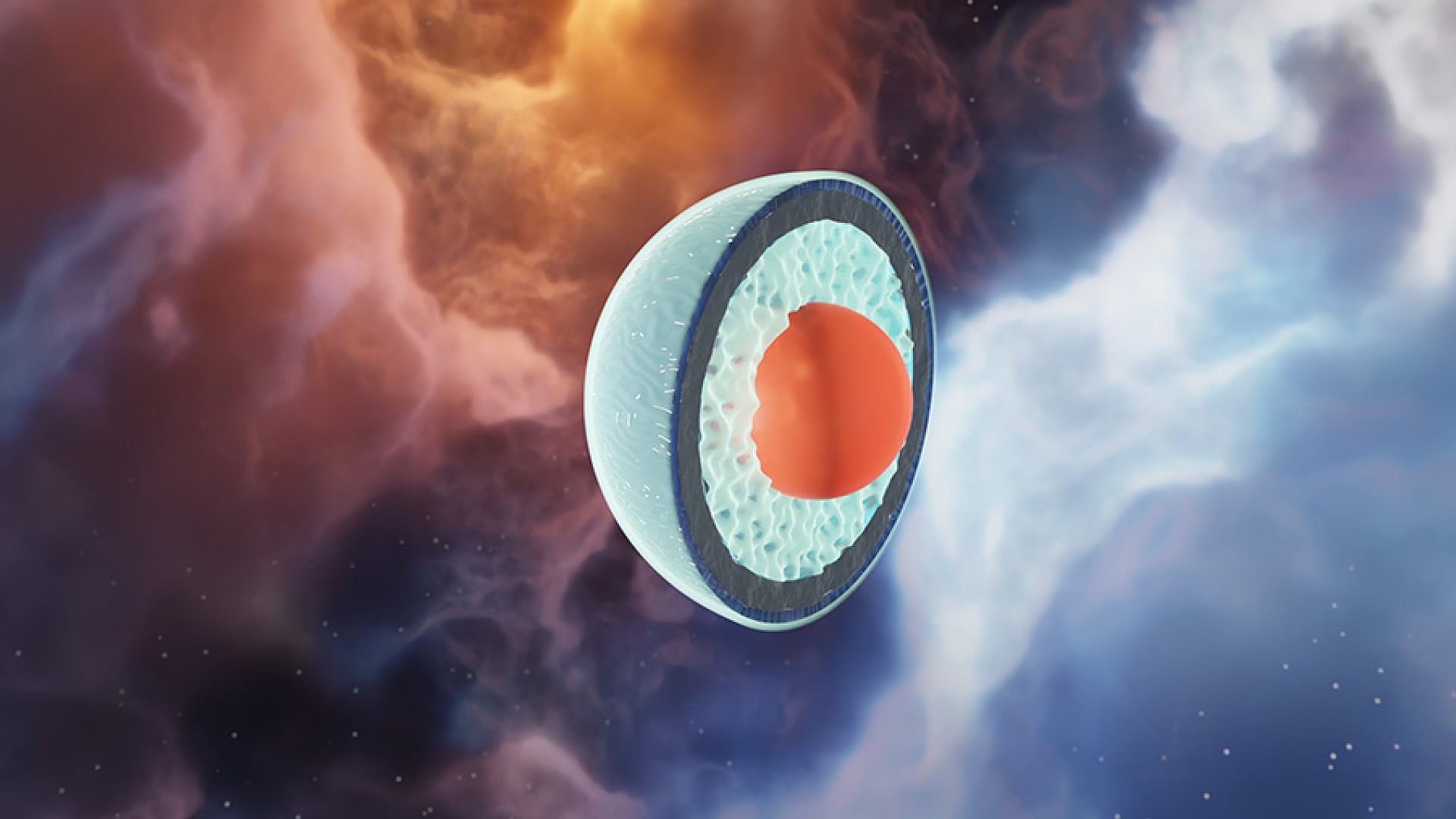Neutron stars are among the densest objects in the Universe, second only to black holes. Like black holes, neutron stars are what remains after a star reaches the end of its life cycle and undergoes gravitational collapse. This produces a massive explosion (a supernova), in which a star sheds its outer layers and leaves behind a super-compressed stellar remnant. In fact, scientists speculate that matter at the center of the star is compressed to the point that even atoms collapse and electrons merge with protons to create neutrons.
Traditionally, scientists have relied on the “Equation of State” – a theoretical model that describes the state of matter under a given set of physical conditions – to understand what physical processes can occur inside a neutron star. But when a team led by scientists from the Spanish National Research Council (CSIC) examined three exceptionally young neutron stars, they noticed they were 10-100 times colder than other neutron stars of the same age. For this, the researchers concluded that these three stars are inconsistent with most of the proposed equations of state.
Continue reading “These Three Neutron Stars Shouldn't Be So Cold”


